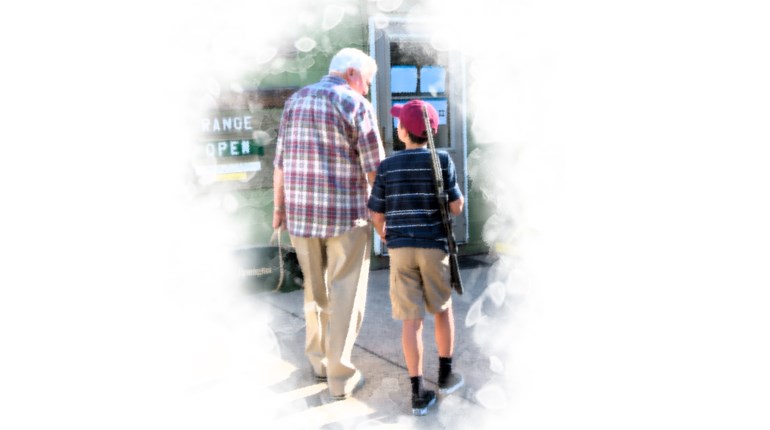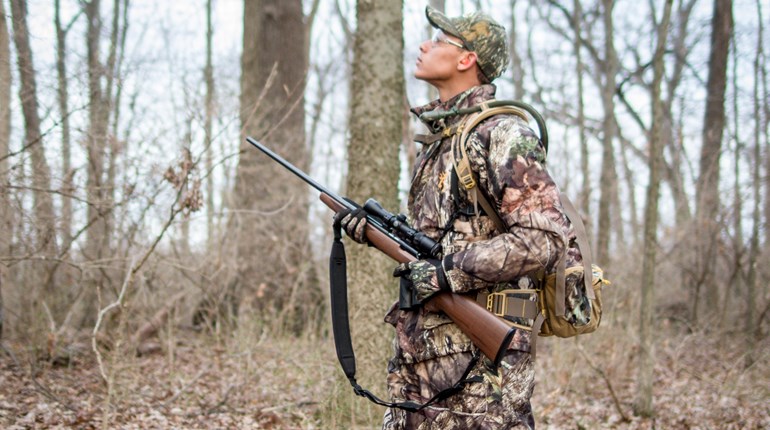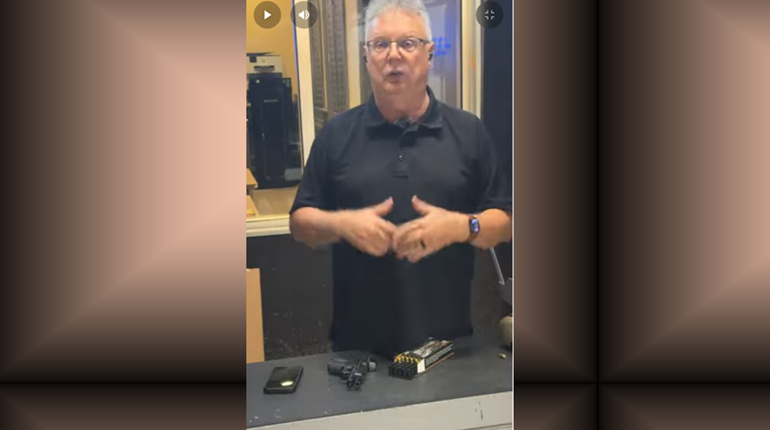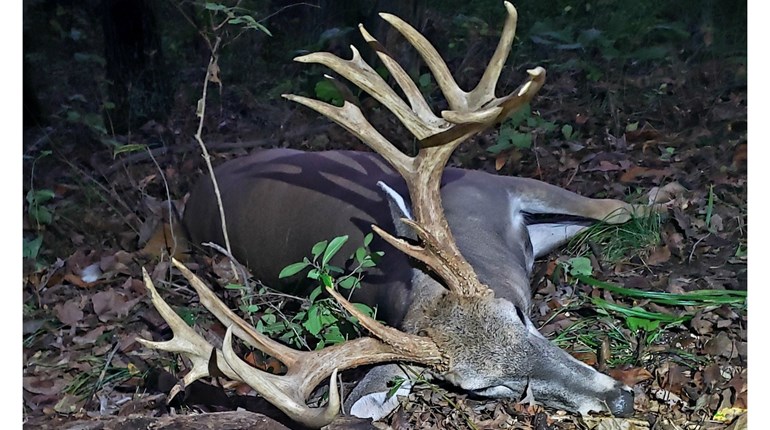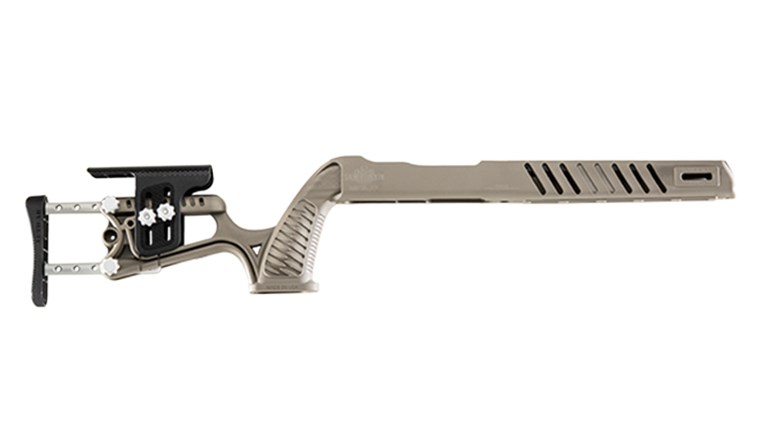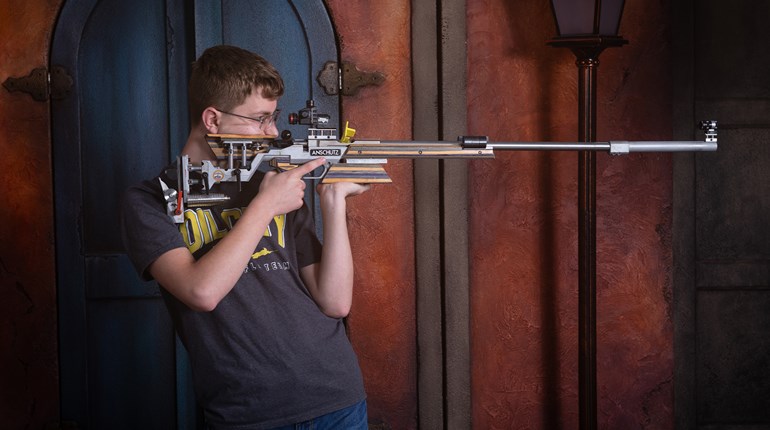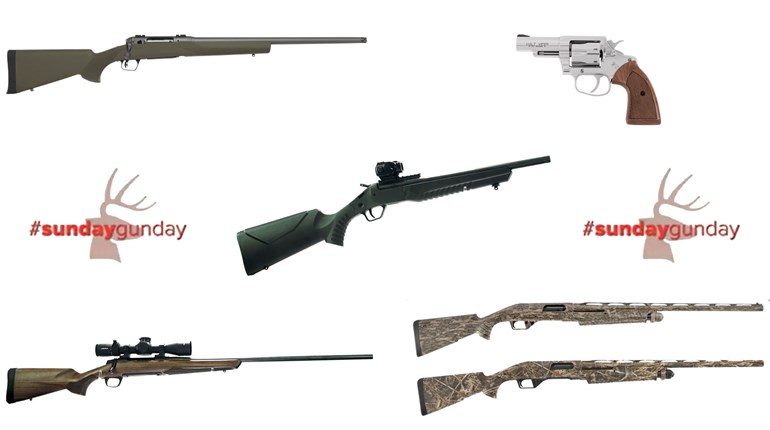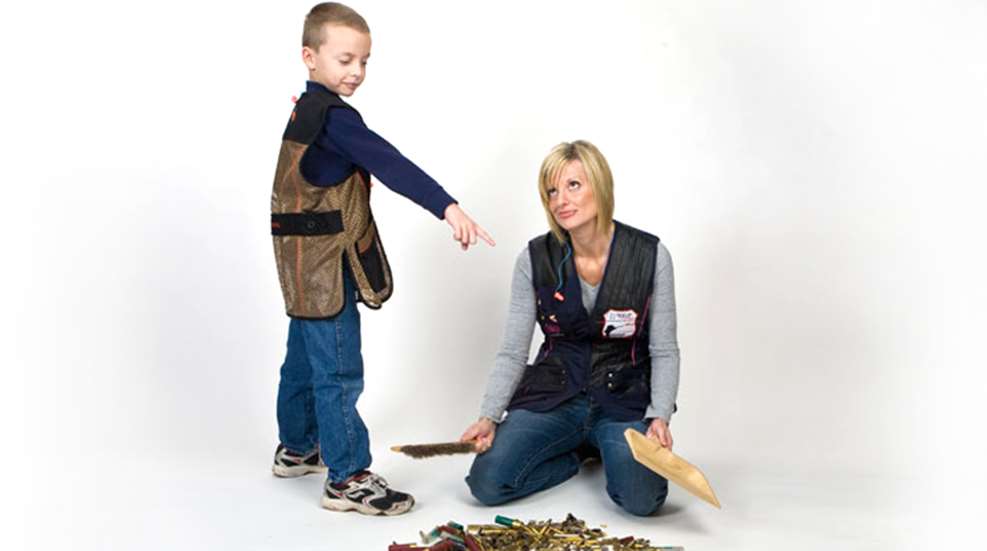
What you need to know before you hit the range.
Practicing good gun range etiquette isn’t just good manners—it’s good sense! Gun range etiquette is a blend of common sense, courtesy and safety. A day at the range is fun, and good gun range etiquette makes it even better.
Most clubs and ranges require shooters to attend a safety class prior to using the range. This certifies that you’ve read and understand the NRA Basic Rules of Gun Safety and the specific rules that apply at the range you’re using. Remember that there may be other gun safety rules that are enforced on your range, but these three rules are ALWAYS appropriate, no matter where you are:
1. ALWAYS keep the gun pointed in a safe direction.
2. ALWAYS keep your finger off the trigger until ready to shoot.
3. ALWAYS keep the gun unloaded until ready to use.
Most ranges have Range Safety Officers (RSOs, also known as Range Masters) whose job is to supervise shooters, to enforce the rules and regulations of their ranges, and to handle any problems that may occur. Pay attention to the RSOs, who will tell you what to do in case of an emergency. Remember that the Range Safety Officer has absolute authority on the range. Compliance with his or her instructions is mandatory.
When you arrive at a range, introduce yourself to the RSO and let him/her know if this is your first visit to the range. The RSO will tell you what you need to know before you set up your gear.
Know the basic range commands, and learn other commands that are used at your range. If you don’t understand what they mean, ask the Range Safety Officer. He or she will be happy to explain it to you. Remember that asking questions is a sign of intelligence and maturity.
Two of the most common range commands are Ceasefire and Commence Firing, although sometimes it is said differently. Instead of “ceasefire,” some ranges are using the words, “Stop shooting!” and instead of “Commence Firing,” some are using the phrase, “You may begin shooting.” This is because we want our instructions to be as clear and as easy to understand as possible.
Ceasefires are used whenever all shooting must stop, whether it is because time’s up or because a potential problem has arisen. Whenever the RSO’s attention must be away from the firing line, he or she will call a ceasefire. Whenever someone needs to go downrange for any reason, a ceasefire is called. Ceasefires are also called when it’s time to post, change or retrieve targets.
However, the RSO is not the only person who can call a ceasefire. Anyone who spots a potential problem should call “Ceasefire!” The RSO will repeat the words and see to it that all firing stops immediately. If you aren’t sure what’s happening, it’s okay to call a ceasefire. It’s better to call a ceasefire and be safe than not to call one and be sorry.
Ceasefires are used in all kinds of situations—not just when it’s time to change, post or retrieve targets. Perhaps a person has inadvertently wandered out onto the firing range, or perhaps a shooter in the point next to you has become ill. It’s your duty to call a ceasefire so that the RSO can take control of the situation and provide a solution or direct others to provide assistance if necessary.
During a ceasefire, there should be no handling of firearms. The key things to remember are:
1. Chamber is empty and ammunition source (magazine) is removed.2. Action is open.3. Hands off!4. Step away from the firing line.
Before anyone goes downrange, the RSO will do a visual check to see that everyone has stepped away from the firing line, and then ask, “Is everyone clear?” Everyone else on the line should also make this visual check, because safety is everyone’s responsibility.
Clear means that all shooters have made their firearms safe, that no one has a gun in his/her hand, and that there will be no handling of firearms until permission is given. Then, and ONLY then, may anyone go downrange.
When the ceasefire is over, the RSO will ensure that no one is downrange before stating, “The range is going hot.” This alerts everyone that the range is shifting from a ceasefire, but it doesn’t mean that shooting may begin. You must wait until the “commence firing” command has been given before you can shoot.
Commence Firing is the command given that tells everyone it’s safe to shoot. That doesn’t mean you start blazing away. It means that when you are ready, you may shoot your gun. These are two of the sweetest words a shooter will hear.
Remember, safety is everyone’s job. You are responsible for your own safety, the safety of others and for the behavior of your guests. If you see that someone else isn’t following the rules, you should leave the range. Go to a safe place and report the situationas soon as possible to the authorities.
A few other rules of Good Gun Range Etiquette are:
1. Do not fire at posts, supports or target frames. These are expensive and time-consuming to replace.
2. Shoot only range-approved targets. Check with your range to find out what types of targets are allowed. Some ranges allow only approved paper, cardboard, club-furnished metal targets and clay targets.
3. If you set out target frames to support your targets before you started shooting, you will need to return them to the storage area once you are done.
4. If your club or range allows pets, keep them on leashes or under control at all times. Give careful consideration to bringing a pet to a shooting range. Remember that shooting may hurt your pet’s hearing the same way it may hurt yours. Pets that scavenge (eat things that may or may not be food) should not come to a shooting range with you. Be aware that pets unused to gunfire might panic on a range.
5. It’s good etiquette to leave the range better than you found it. Picking up trash, cleaning your firing station, and obeying all of the range rules are not only good gun range etiquette—they’re good manners!













